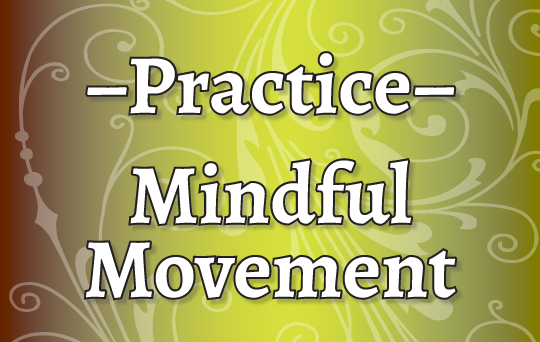Having trouble sleeping? Yikes! That’s no fun.
This might show up as difficulty getting to sleep, difficulty staying asleep, or difficulty getting back to sleep once you have been awakened (say in the middle of the night)—or any combination of these three.
In the Ayurvedic understanding of sleep, these states are indicative to excessively high Vata dosha. There is too much movement in the mind (mental-emotional body), and the person can’t drop off to sleep.
High Vata dosha can happen for lots of reasons; stressful life circumstances are almost guaranteed to disrupt normal sleep. With stress comes worry, anxiety, and overwhelm. These states are understood in Ayurveda to be indicative of too much movement within the mind. When we are worried, we tend to overthink about the situation at hand, including how we are going to deal with it—as well as what else might come our way. It is very easy for the mind to inflate the situation into something very dire.
The qualities of Vata dosha are: cold, dry, light, and mobile. With Ayurveda’s focus on Opposites Balance Each Other, in order to address this high Vata state, we apply the opposite qualities to restore balance. These qualities are: warm/hot, moist/oily, heavy, and still/stable.
Here’s what that looks like in real life:
Warm/Hot
- put on warmer clothing
- eat warm nourishing foods (soups and stews come to mind)
- turn up the heat where you are
- drink some hot tea or chai
Moist/Oily
- apply oil (or lotion) to your skin to bring in much needed nourishment (sesame oil is a general one that we recommend)
- hydrate adequately (half your body weight in ounces, daily)
- use a little bit more oils in your cooking (olive, sesame, sunflower, and ghee are all great choices)
Heavy
- sleep under heavy covers (ie: wool blankets or a weighted quilt)
- find other ways to place weight on your body (maybe this is something like wrist or ankle weights, which you can purchase at fitness equipment shops)
- employ grounding strategies (ie: stand barefoot on the earth, sit in a squatting position, meditate on your root chakra)
Still/Stable
- quiet your mind by getting into a meditative state (walk in nature, ride a bike, do tai chi or yoga)
- still your body (even if it wants to move around)
- create a regular, consistent daily schedule for yourself (eat your meals at the same time every day, get up and go to bed at the same time every day)
Pick any of the above suggestions and implement them. Do what is easy for you. They will work, but you may need to stay consistent with them over a period of time (a week, maybe?) as you train your mind to shift away from its high Vata state.
Yoga Nidra
Another tool that I find to be indispensable is yoga nidra. This is a guided meditation—and so much more.
The yoga nidra that I recommend is this one. It’s a $10 download. (I get no financial gain from recommending this product.) You get 3 tracks: an introduction to why yoga nidra is so effective (and why it’s different than any ol’ guided meditation); a 20-minute practice; and a 30-minute practice.
It is said that 20 minutes of yoga nidra is the equivalent of two hours of sleep. Use it to go to sleep; use it to go back to sleep; use it to take a mid-day nap; use it to de-stress. ‘Nuff said.







